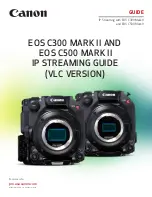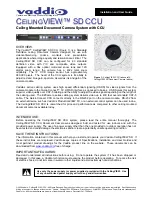
V1.02
Thom Hogan’s Complete Guide to the Nikon D300
Page 122
remove the storage card type from the list of suspects for the
problem you’ve encountered.
How Much Card?
Files created by the D300 are large; larger than you’re used to
if you’re coming from a previous Nikon DSLR other than the
D2x. As you’ll find out in coming sections, this can put a
crimp on the number of shots you can get on a card.
Let’s put it in perspective: shooting 14-bit uncompressed NEF
format you’ll get less than 40 images on a 1GB card. Add a
JPEG Fine image to your NEF shooting, and that drops still
lower. You can get more images by using the highest NEF
compression and 12-bit, which will net you about 70 images
depending upon the data in the images (more on this when
we discuss Compressed NEFs on page <159>). Still, none of
those numbers are much more than a couple of rolls of film
(and in the worst case, about the same as a roll of film).
For uninterrupted shooting, you’re really going to want at
least 2GB cards in your D300, and probably 4GB if you shoot
uncompressed NEFs. As I write this, 2GB cards are the best
compromise between capacity and price, though you can
often find good deals on slightly slower 4GB cards.
Personally, I’m using multiple solid-state UDMA 4GB cards
backed up with an Epson P-5000. 4GB is enough to shoot for
long periods of time without having to worry about running
out of space, and UDMA provides very fast continuous
shooting performance. Still, I carry some older SanDisk
Extreme III 4GB cards with me, as well, which work fine in
the D300, especially for less intense shooting.
Unlike my books on other Nikon DSLRs I’ve made a separate
section in this eBook about card size to call attention to the
fact that you’re going to chew through storage space. I’ll have
some more to say on that subject as we get down to the
details, but I wanted to warn you up front that, if you’re going
















































